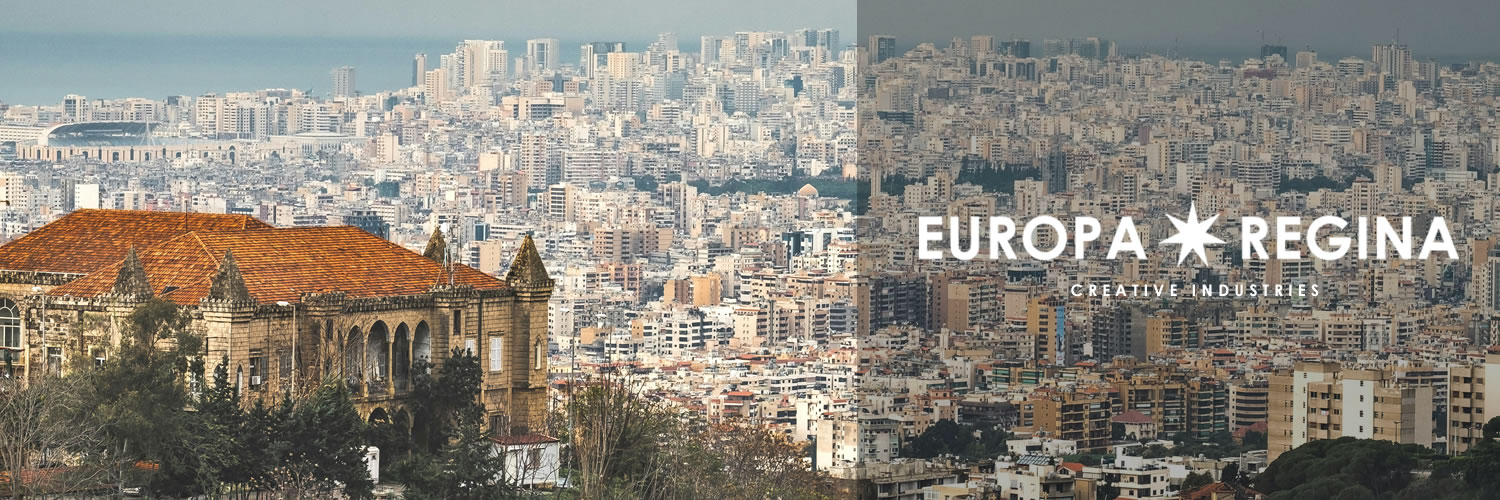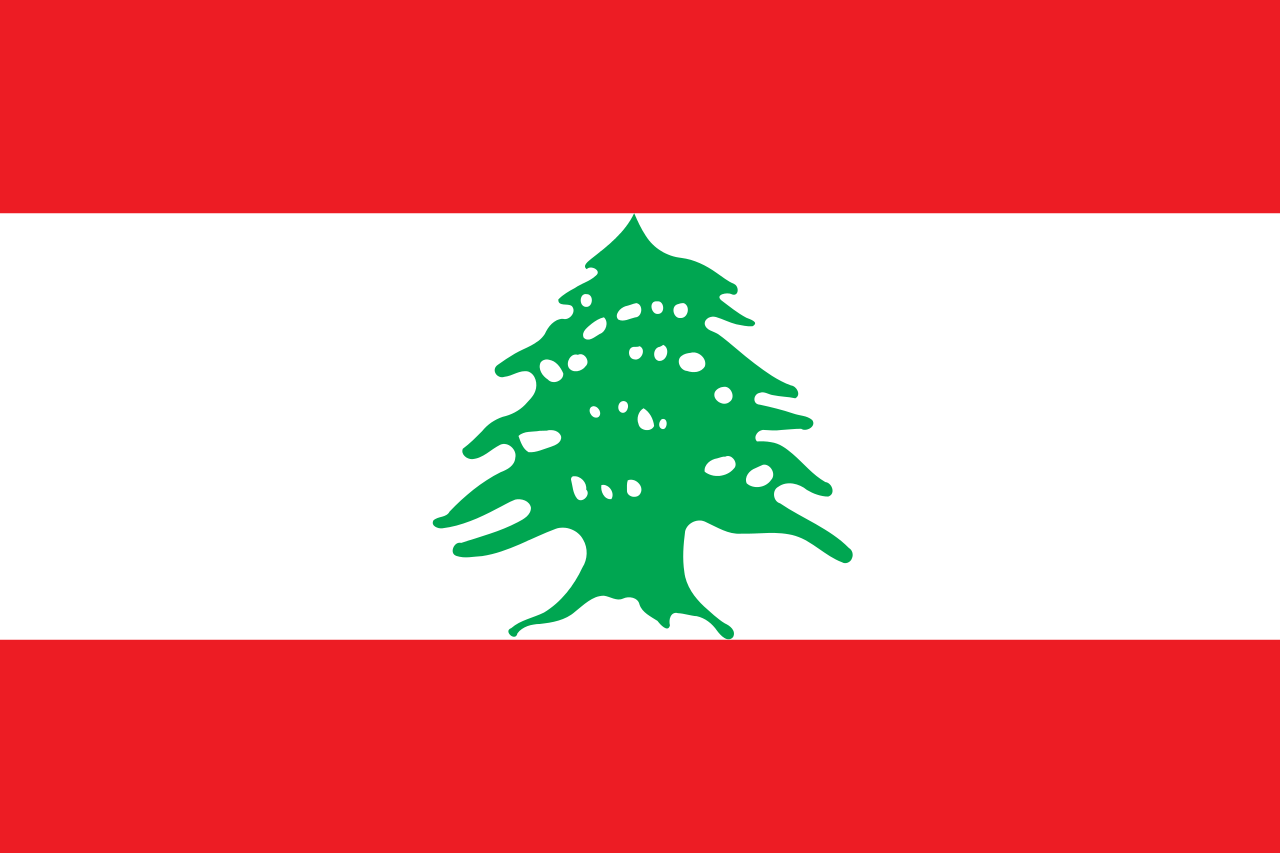Creative Industries Lebanon: Resilience and Innovation in a Rich Cultural Landscape
Global Development Lebanon at Red Yellow Blue (RYB)
The creative industries in Lebanon are a testament to the country’s resilience, cultural richness, and innovative spirit. Despite economic challenges and political instability, Lebanon remains a regional hub for creativity, blending its rich heritage with contemporary practices. The creative economy is a vital contributor to the nation’s identity and a key driver of cultural and economic growth.

Key Sectors
- Fashion and Design
Lebanon is internationally recognized for its high-end fashion and design scene. Beirut, often referred to as the “Paris of the Middle East,” is home to world-renowned designers like Elie Saab, Zuhair Murad, and Georges Hobeika. Lebanese fashion blends traditional craftsmanship with modern elegance, catering to global haute couture markets. The design sector also includes innovative interior and product design, supported by events like Beirut Design Week. - Film and Television
Lebanese cinema has gained global acclaim for its powerful storytelling and artistic excellence. Films such as Capernaum by Nadine Labaki have earned international accolades, highlighting Lebanon’s cinematic talent. The television industry is a regional leader, producing dramas and entertainment content that resonate across the Arab world. Festivals like the Beirut International Film Festival provide a platform for emerging filmmakers. - Music and Performing Arts
Lebanon has a vibrant music scene that spans traditional Arabic music, jazz, electronic, and indie genres. Artists like Fairuz and Mashrou’ Leila have achieved iconic status. The Baalbek International Festival and Byblos International Festival are cultural landmarks, showcasing music and performing arts in stunning historical settings. - Visual Arts and Galleries
Lebanon’s visual arts scene is thriving, with numerous galleries and art spaces in Beirut and beyond. Institutions like the Sursock Museum and Beirut Art Center support contemporary artists, while international art fairs like Art Beirut attract collectors and enthusiasts. - Publishing and Literature
Lebanon has a storied history in publishing and literature, being a hub for Arabic-language books and media. Lebanese authors like Amin Maalouf and Hanan Al-Shaykh are celebrated globally, and the country’s publishing houses continue to innovate despite economic challenges. - Digital and Gaming Industries
The digital creative sector, including gaming, animation, and content creation, is on the rise. Lebanese startups are leveraging technology to produce innovative digital content, tapping into global markets with a tech-savvy youth population.
Trends and Opportunities
- Cultural Preservation and Modernization: Lebanese creatives are blending traditional motifs with contemporary practices, preserving cultural identity while appealing to modern audiences.
- Diaspora Connections: The Lebanese diaspora plays a crucial role in promoting the country’s creative output globally, acting as cultural ambassadors and financial supporters.
- Sustainability in Design: Sustainable practices are gaining traction in fashion and design, with a focus on eco-friendly materials and ethical production.
- Regional Collaboration: Lebanon continues to serve as a cultural bridge in the Middle East, fostering collaborations with regional artists and institutions.
- Digital Transformation: The adoption of digital platforms for art, music, and content distribution is opening new opportunities for Lebanese creatives to reach global audiences.
Challenges
The creative industries in Lebanon face significant hurdles, including economic instability, limited funding, and infrastructural constraints. However, the sector’s resilience and adaptability, coupled with a strong cultural foundation, ensure its continued relevance and growth.
Global Recognition and Future Prospects
Lebanon’s creative industries are not just a reflection of its cultural heritage but also a beacon of hope and innovation in challenging times. With a rich talent pool, global connections, and an indomitable spirit, Lebanon’s creative economy is poised to overcome obstacles and continue its legacy of artistic excellence.
Cultural and Creative Industries: Safeguarding Lebanon’s Cultural Heritage Amid Economic Turmoil
Aug 30, 2024 – The cultural and creative industries (CCIs) in Lebanon, encompassing arts, music, literature, design, and more, are not only a vital part of the nation’s economy but also of its cultural identity. However, these industries are currently under significant strain due to the ongoing financial crisis. Recognizing the need for targeted support, LCPS and the Friedrich Naumann Foundation convened an expert roundtable to discuss the unique challenges facing the CCIs and explore strategies for sustainable recovery.
During the roundtable, experts discussed the impact of the economic downturn on the CCIs, including funding shortages, lack of government support, and issues related to intellectual property rights. The speakers emphasized the importance of international collaborations, digital platforms, and cultural tourism as potential growth areas that could help revitalize the sector. The discussions also underscored the need for government intervention to create a supportive environment for the CCIs. The valuable insights from this roundtable will contribute to an upcoming policy paper, which will offer concrete recommendations for policymakers to ensure the sustainability and growth of Lebanon’s cultural and creative sectors.
> freiheit.org/lebanon/addressing-lebanons-economic-challenges
Supporting Cultural Spaces in Lebanon
Mar 23, 2021 – This paper aims to provide cultural recommendations for Lebanon during this critical moment in its history. Engaging in a collective reflection would enable a thoughtful implementation of new cultural policies over the next few years. These proposals will be backed by legal considerations which are imperative in tackling policy change in general.
> freiheit.org/lebanon-and-syria/supporting-cultural-spaces-lebanon
Population: 5,364,482
Capital: Beirut
Internet country code: .lb
Economy of Lebanon
Lebanon has a free-market economy and a strong laissez-faire commercial tradition. The government does not restrict foreign investment; however, the investment climate suffers from red tape, corruption, arbitrary licensing decisions, complex customs procedures, high taxes, tariffs, and fees, archaic legislation, and inadequate intellectual property rights protection. The Lebanese economy is service-oriented; main growth sectors include banking and tourism.
The 1975-90 civil war seriously damaged Lebanon’s economic infrastructure, cut national output by half, and derailed Lebanon’s position as a Middle Eastern banking hub. Following the civil war, Lebanon rebuilt much of its war-torn physical and financial infrastructure by borrowing heavily, mostly from domestic banks, which saddled the government with a huge debt burden. Pledges of economic and financial reforms made at separate international donor conferences during the 2000s have mostly gone unfulfilled, including those made during the Paris III Donor Conference in 2007, following the July 2006 war. The “CEDRE” investment event hosted by France in April 2018 again rallied the international community to assist Lebanon with concessional financing and some grants for capital infrastructure improvements, conditioned upon long-delayed structural economic reforms in fiscal management, electricity tariffs, and transparent public procurement, among many others.
The Syria conflict cut off one of Lebanon’s major markets and a transport corridor through the Levant. The influx of nearly one million registered and an estimated 300,000 unregistered Syrian refugees has increased social tensions and heightened competition for low-skill jobs and public services. Lebanon continues to face several long-term structural weaknesses that predate the Syria crisis, notably, weak infrastructure, poor service delivery, institutionalized corruption, and bureaucratic over-regulation. Chronic fiscal deficits have increased Lebanon’s debt-to-GDP ratio, the third highest in the world; most of the debt is held internally by Lebanese banks. These factors combined to slow economic growth to the 1-2% range in 2011-17, after four years of averaging 8% growth. Weak economic growth limits tax revenues, while the largest government expenditures remain debt servicing, salaries for government workers, and transfers to the electricity sector. These limitations constrain other government spending, limiting its ability to invest in necessary infrastructure improvements, such as water, electricity, and transportation. In early 2018, the Lebanese government signed long-awaited contract agreements with an international consortium for petroleum exploration and production as part of the country’s first offshore licensing round. Exploration is expected to begin in 2019.


